Emissions Regs Force BMW, Porsche and More to Halt EU Plug-In Sales
European automakers have pulled numerous plug-in hybrid vehicles (PHEVs) from the Euro market as the Worldwide Harmonized Light Vehicles Test Procedure (WLTP) takes effect this month.
The new European Union regulation has removed plug-in cars from Volkswagen, Porsche, BMW and more from the market as they no longer meet emissions regulations, Automotive News Europe reported on Thursday. The trouble comes with many of the plug-in hybrids’ battery packs. Under WLTP rules, PHEVs are tested differently for emissions and fuel economy. The new rules push CO2 figures over the 50 grams per kilometer driven criteria, which in turn, makes many models from automakers ineligible for tax credits and other subsidies across Europe.
Now, VW, Porsche, BMW, Mercedes-Benz, and others will need to decide if fitting a more costly and larger battery is worth the credits and subsidies the models receive.
SEE ALSO: Jeep Wrangler Plug-In Hybrid On Track For 2020
Of the cars affected, VW has pulled the Passat GTE and Golf GTE from the European market. The automaker said the Passat GTE won’t return until July 2019, while it gave no date for the Golf GTE’s return. The former is Europe’s second-best-selling plug-in hybrid, the latter sits in fourth place. PHEVs have also been pushed to the back of the line for WLTP testing as the new regulations have produced bottlenecks. VW said it must give priority to volume-selling models first.
Additionally, Porsche has removed the Panamera plug-in and Cayenne plug-in from the market. A brand spokesperson said Porsche won’t take orders for either vehicle “until the cars are being built, the timing of which has not yet been confirmed.”
BMW and Mercedes-Benz are working on switching their plug-in hybrids over to WLTP regulations, with the BMW 530e sedan falling under the 50g/kg mark. Mercedes-Benz said its future plug-ins will also fall under the criteria.
The WLTP tests have plug-in cars test multiple times. A car is tested with a full battery and then repeated until the battery is completely void of charge. Then, it’s tested again without any electric range. Finally, the CO2 value is calculated as the ratio of electric charge to the vehicle’s entire range.
[Source: Automotive News Europe]
A version of this story originally appeared on Hybrid Cars.
More by Sean Szymkowski



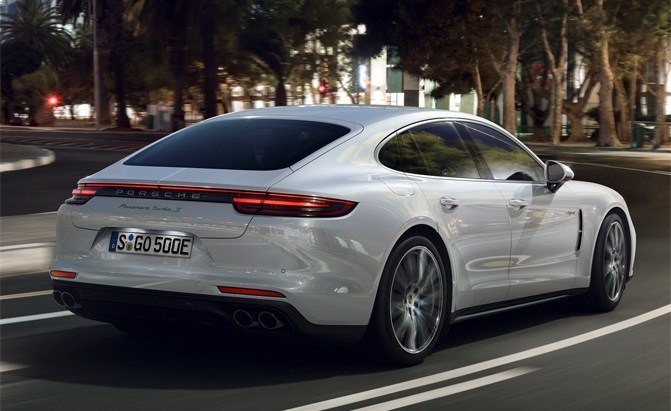













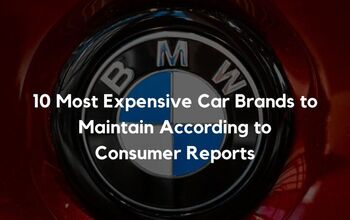
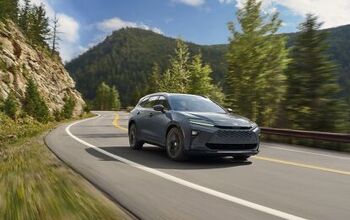



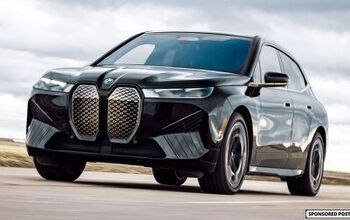
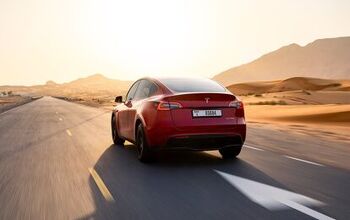





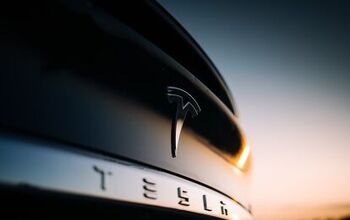
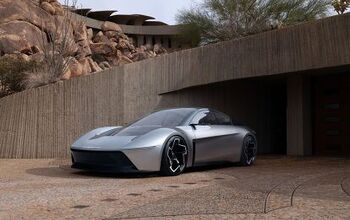
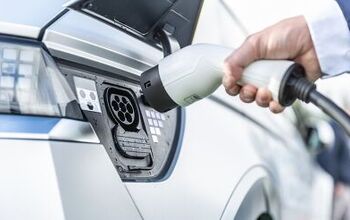
Comments
Join the conversation